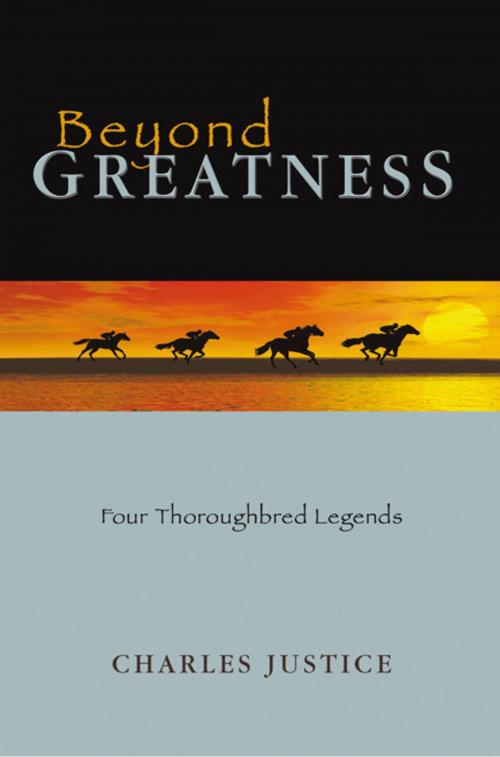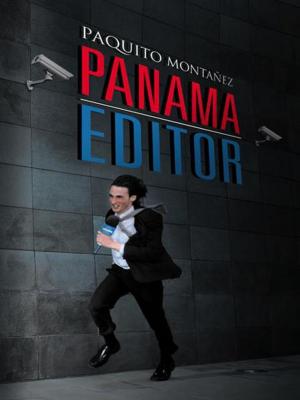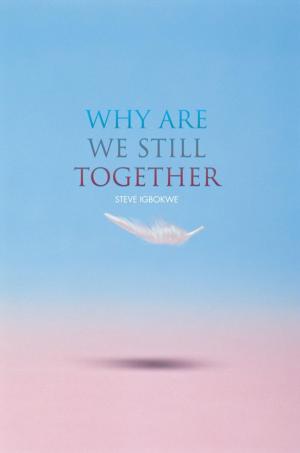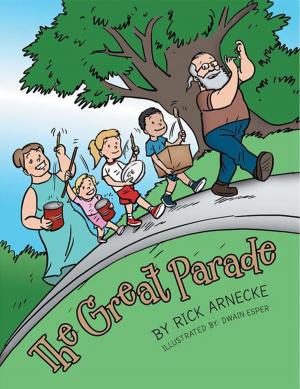| Author: | Charles Justice | ISBN: | 9781463444235 |
| Publisher: | AuthorHouse | Publication: | September 21, 2011 |
| Imprint: | AuthorHouse | Language: | English |
| Author: | Charles Justice |
| ISBN: | 9781463444235 |
| Publisher: | AuthorHouse |
| Publication: | September 21, 2011 |
| Imprint: | AuthorHouse |
| Language: | English |
The juvenile, or two-year-old, racing careers of Colin, Man o War, Ruffian and Landaluce provide the foundation and focus for discussing the question of thoroughbred greatness and its measure. These four thoroughbreds were arguably the best juvenile runners of the twentieth century. Close on their hooves, pun intended, however, were the colts Sysonby and Secretariat and the fillies First Flight, La Prevoyante and Personal Ensign. The latter five runners are honorably mentioned and also compared in the book. As in The Greatest Horse of All: A Controversy Examined, basic statistics are used informally to provide readers a basis for their own studies in thoroughbred data comparison and evaluation. The author realizes that many people avoid mathematical ideas like the plague. Therefore, he has minimized statistical usage to its most common elements, and he explains these thoroughly for the uninitiated as the book progresses. Only two of the ten chapters use statistics to any degree. The text also includes seven figures and two tables to aid in understanding the statistical concepts. If one feels remotely comfortable with eight-grade mathematics concepts, one will have no problem with this material. Relative to the statistical comparisons, two novel concepts are discussed. These pertain to addressing the so-called era effect. Many racing fans continue to argue that horses from different eras cannot justly be compared. A strong case against this argument is presented from at least two standpoints. First, a device is described and suggested to scientifically test and compare the true relative speeds of two racing surfaces. Second, an inverse use of the well-known t test for comparing the differences between two or more data sets is presented. The text demonstrates how using this inverse test can equitably adjust earlier era data so that it may be fairly compared with later era data.
The juvenile, or two-year-old, racing careers of Colin, Man o War, Ruffian and Landaluce provide the foundation and focus for discussing the question of thoroughbred greatness and its measure. These four thoroughbreds were arguably the best juvenile runners of the twentieth century. Close on their hooves, pun intended, however, were the colts Sysonby and Secretariat and the fillies First Flight, La Prevoyante and Personal Ensign. The latter five runners are honorably mentioned and also compared in the book. As in The Greatest Horse of All: A Controversy Examined, basic statistics are used informally to provide readers a basis for their own studies in thoroughbred data comparison and evaluation. The author realizes that many people avoid mathematical ideas like the plague. Therefore, he has minimized statistical usage to its most common elements, and he explains these thoroughly for the uninitiated as the book progresses. Only two of the ten chapters use statistics to any degree. The text also includes seven figures and two tables to aid in understanding the statistical concepts. If one feels remotely comfortable with eight-grade mathematics concepts, one will have no problem with this material. Relative to the statistical comparisons, two novel concepts are discussed. These pertain to addressing the so-called era effect. Many racing fans continue to argue that horses from different eras cannot justly be compared. A strong case against this argument is presented from at least two standpoints. First, a device is described and suggested to scientifically test and compare the true relative speeds of two racing surfaces. Second, an inverse use of the well-known t test for comparing the differences between two or more data sets is presented. The text demonstrates how using this inverse test can equitably adjust earlier era data so that it may be fairly compared with later era data.















